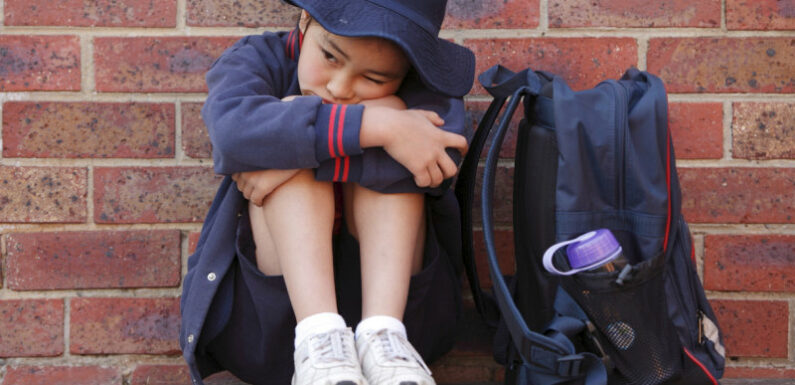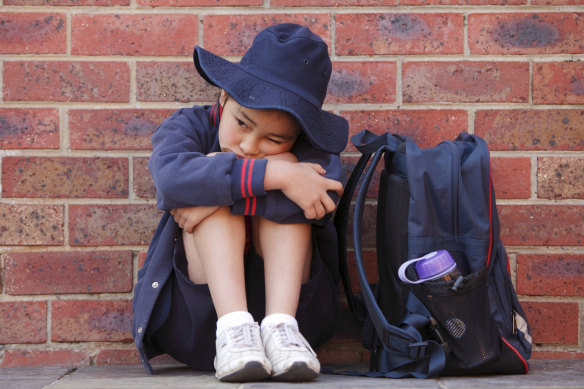
There is little doubt that, for school children, the pandemic years were particularly onerous. Modern technology may have made home-schooling physically possible for all students, but the pyschological impact of it is yet to be fully understood.
This academic year is the first since the pandemic began that the threat of school shutdowns has dissipated. For most students, returning to the classroom without any COVID-19 disruptions must be a great relief. But there are also many who are struggling to cope.
School refusal is on the rise in Victorian schools.
The most evident issue is the jump in the number of school refusers, or students who say they “can’t, not won’t” go to school. School refusal is distinct from truancy, in that it is driven by a high level of anxiety about attending. The rate of school refusal in Victoria grew by 50 per cent in the three years to 2021, with almost 12,000 students in government schools – about 2 per cent – officially absent in the second year of the pandemic.
While it’s hardly surprising that a spike occurred during such a chaotic period, there are worrying signs that this trend is continuing. But innovative new ways of helping school refusers return to class are emerging.
Hester Hornbrook Academy is a non-government school run by Melbourne City Mission. It’s described as a “last chance high” for students who have left or been ejected from mainstream schools.
As reported by The Sunday Age, the number of students enrolled at the academy’s campuses have more than doubled in the past five years. Demand is so great, the school is planning two new campuses in Werribee and Donnybrook. This year, they launched a South Melbourne campus, supporting 90 15-25 year olds who have experienced school refusal.
Refusal is hardly a Victoria-only problem. A Senate inquiry is focusing on the increasing number of young people and their families across Australia who are experiencing school refusal. It is expected to report in June.
There are also concerns over the growing level of class disruption. At an Age schools summit last year, then acting federal education minister Stuart Robert revealed that “80 per cent of teachers say they have been subjected to harassment in the past year, and one in three principals have been exposed to physical violence from students”. The Senate is also taking a closer look at this issue, and is expected to report by the end of the year.
What has become evident is that student behaviour, and the mental health effects of lockdowns and remote learning have arguably become a bigger problem than lost learning, which is where much of the focus and concern has been.
With this in mind, it becomes self-evident that schools must look beyond just going back to “business as usual”. More schools must learn from the likes of Hester Hornbrook Academy what it takes to not only welcome but maintain a relationship with students who are either struggling to return to school or have, for a range of reasons, become alienated by mainstream schooling.
One would also hope that the Senate inquiries into “refusers” and “disruptors” will not only reveal the full extent of the problem but offer some practical advice on how schools can better manage these issues.
The pandemic may have passed but, for many students, the negative impact of the once-in-a-generation disruption to schooling could well continue to ripple through their whole life. It is critical that our schools do what they can to assist those students who may otherwise fall by the wayside.
Patrick Elligett sends an exclusive newsletter to subscribers each week. Sign up to receive his Note from the Editor.
Most Viewed in National
From our partners
Source: Read Full Article
